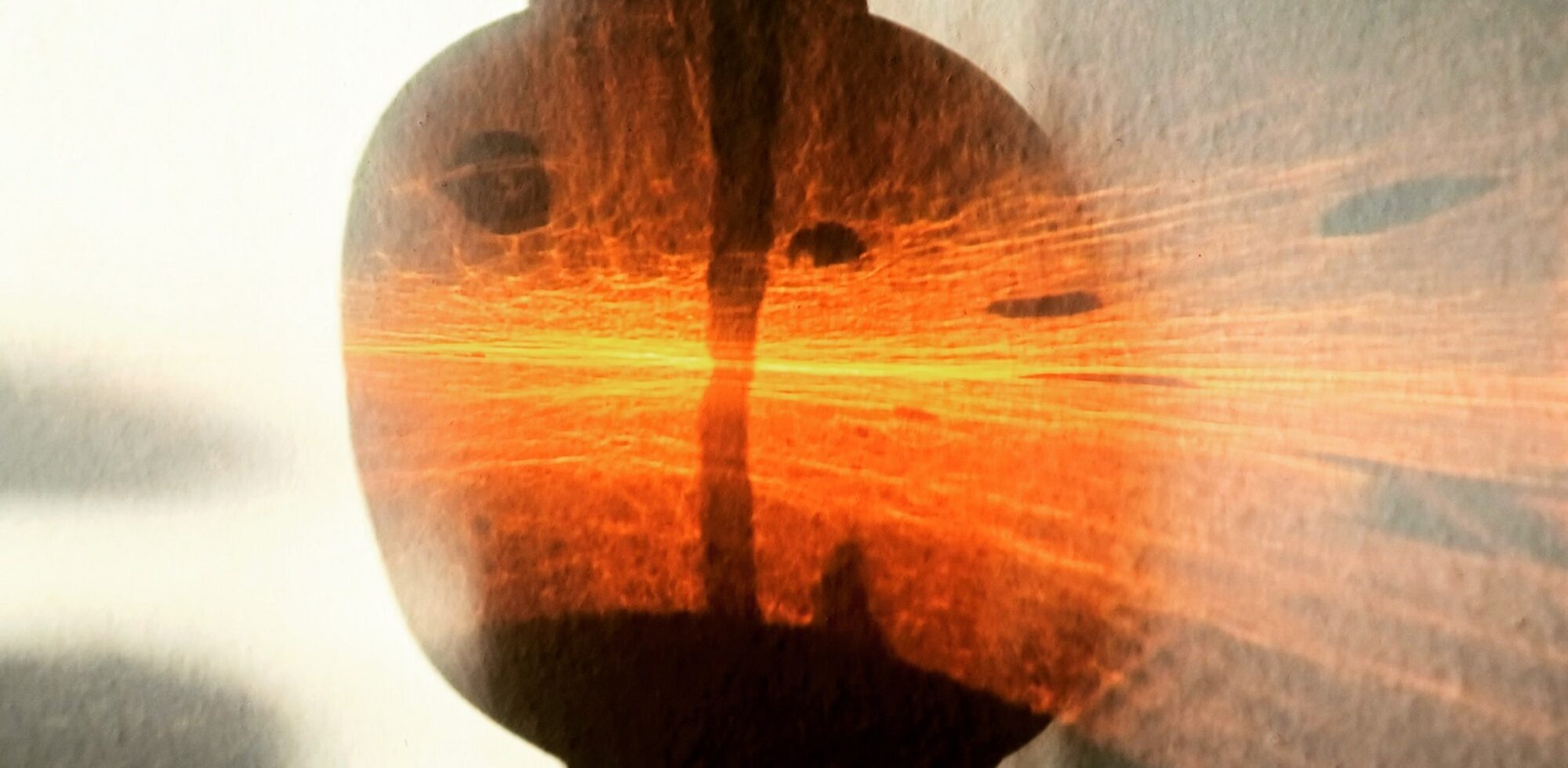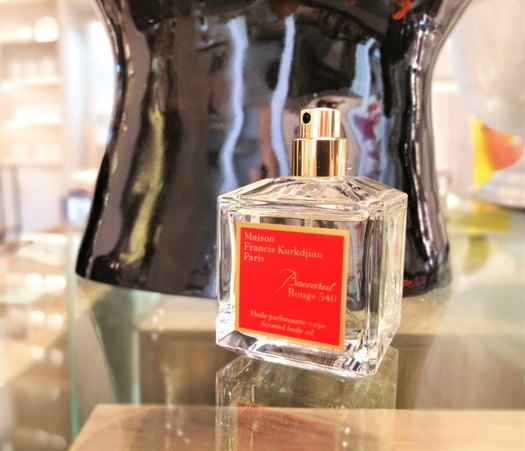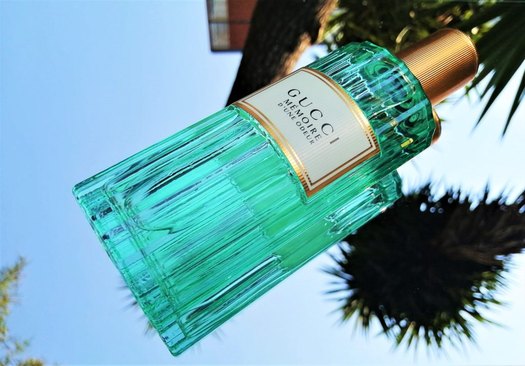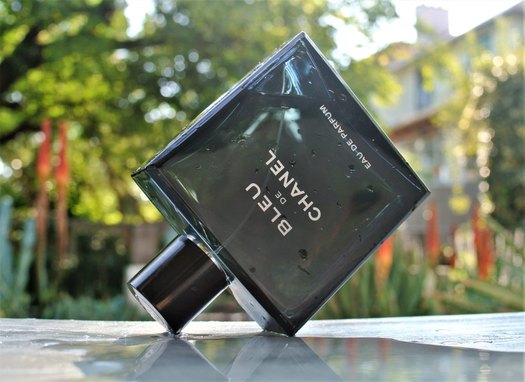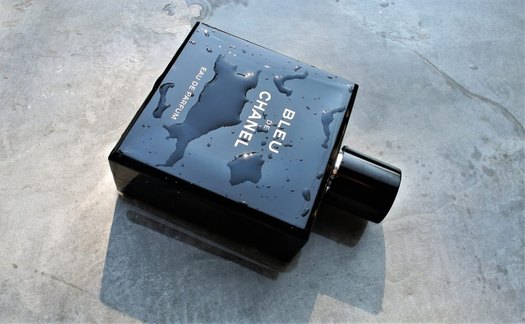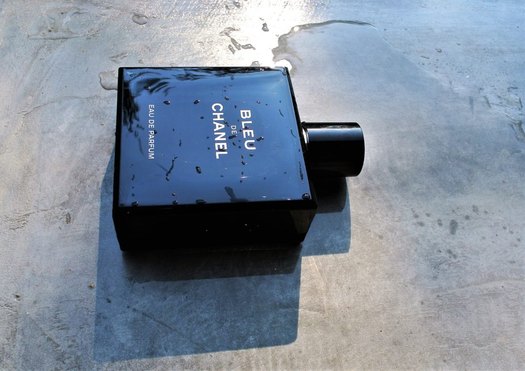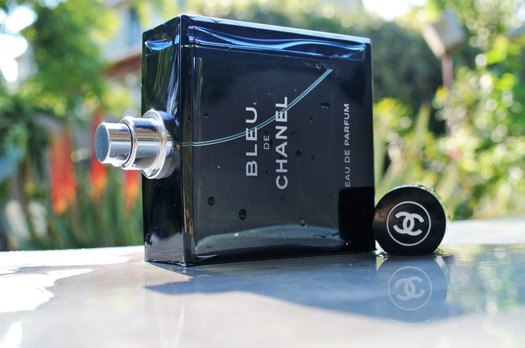I thought I would let the New Year/New Decade hype die down before taking a light look at the perfume decade that was. And seeing that it’s gong season (well, in Hollywood, anyway), I’m dishing up a variety of fragrance awards. But, unlike those events in La La Land, this ceremony will be admirably short, if I can say so myself. And no teary acceptance speeches required.
These fragrance awards are by no means a definitive take on the 2010s. But hopefully it will highlight some of the key trends and perfumes of the decade in the process.
In the spirit of having fun, are there any fragrance awards you’d like to add to this list?
THE SWEET SMELL OF SUCCESS (AKA SMELL OF THE DECADE) AWARD
Created by a trio of top perfumers, Olivier Polge, Dominique Ropion and Ann Flipo, Lancôme La Vie Est Belle has been a best smeller, oops, seller since its launch in 2012. Taking two of the biggest trends of the decade – fruity florals and gourmands – it’s not hard to figure out why it has been such a commercial (and ubiquitous) success. More complex than its sweetness suggests, it’s a very well-composed crowd-pleaser. Will the French beauty brand’s recently launched Idôle scale the same heights in the new decade?
THE UNDER THE INFLUENCE (AKA PERFUME PERSONALITY OF THE DECADE) AWARD
With his media savviness, knowledge, enthusiasm and good looks, Jeremy Fragrance (real name Daniel Schütz) became the quintessential fragrance influencer in the 2010s. Revered, reviled and copied in equal measure, the German-born vlogger is now a bona fide celebrity. In 2019 he took the brave step of launching his own brand, Fragrance One. The utilitarian-sounding Office For Men and Date For Men, created in collaboration with industry veteran Alberto Morillas, have been mercilessly slated online. A spritz of schadenfreude, anyone?
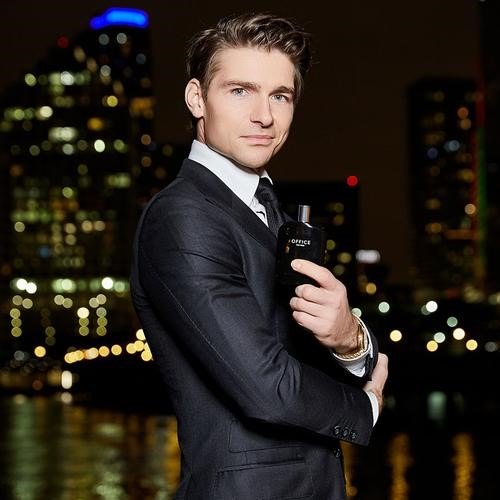
THE GOOD ENOUGH TO EAT (AKA TREND THAT WOULDN’T GO AWAY) AWARD
When Olivier Cresp revolutionised the fragrance world in the 1990s with Mugler Angel little did he know that gourmands would be the olfactive family that keeps on giving and giving. Originally the preserve of female fragrances, men increasingly also wanted in on the sugar action. The result? Hyper-sweet male scents that were guaranteed to give you the equivalent of an olfactory filling.
THE BIG IS BEAUTIFUL (AKA NICHE BRAND OF THE DECADE) AWARD
If there’s one house that epitomised the opportunities of the niche boom during the 2010s, it’s Maison Francis Kurkdjian. Launched in 2009 by the Parisian perfumer, a succession of high-profile releases – Baccarat Rouge 540, Grand Soir, Oud Satin Mood, among many others – proved that niche could be big, lucrative and top quality. Little wonder French luxury giant LVMH bought a majority stake in the company in 2017. It was part of the trend of multinationals snapping up niche brands (for example, Estée Lauder and Le Labo and Frédéric Malle in 2014, Puig and L’Artisan Parfumeur and Penhaligon’s in 2015, L’Oréal and Atelier Cologne in 2016). You can read my recent interview with Francis Kurkdjian here.
THE RISKY BEHAVIOUR (AKA PLEASANT SURPRISE OF THE DECADE) AWARD
At a time when designer brands played it all too safe with variations on the same theme, Gucci stood out with a number of releases in the latter part of the decade. Under the creative direction of Alessandro Michele and perfumer Alberto Morillas, the Italian luxury fashion brand took much-needed risks with Gucci Bloom (2017), Gucci Guilty Absolute (2017) and Gucci Memoire d’Une Odeur (2019) and showed that designer needn’t equal boring and predictable.
THE VICTIMS OF THEIR OWN SUCCESS (AKA BATTLE OF THE DECADE) AWARD
It all started with the launch of Bleu de Chanel in 2010, followed by Dior Sauvage in 2015. By the end of the decade, both brands had launched EDT, EDP and parfum versions of their blockbusters, which led to increasing criticism of their all pervasiveness. That didn’t stop other male designer fragrance brands having their own interpretation of the blue theme.
THE GROWING PAINS (AKA MARKET SHARE) AWARD
As any report from Esxence will attest to, the phenomenal growth of the niche/indie/artisanal fragrance market continued apace over the last 10 years. Almost directly in proportion to more discerning and critical consumers’ fatigue with over-priced, but horribly average perfumes. At its best, niche is synonymous with craftsmanship and creativity, as exemplified by brands such as DS & Durga, Filippo Sorcinelli and Memo. Let’s hope we will see more of that in the new decade.
Want a fantastic round-up of the best fragrances of the last decade? Then Persolaise’s post is essential reading.
